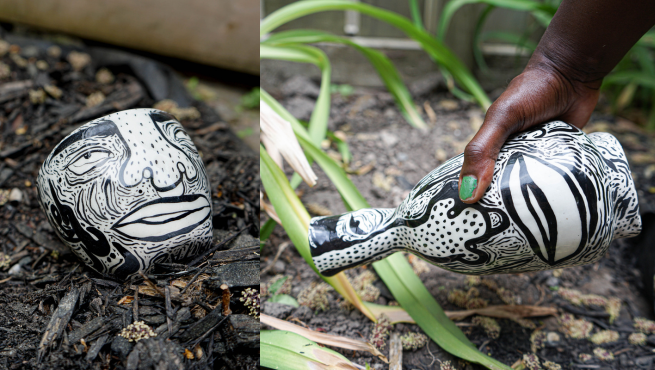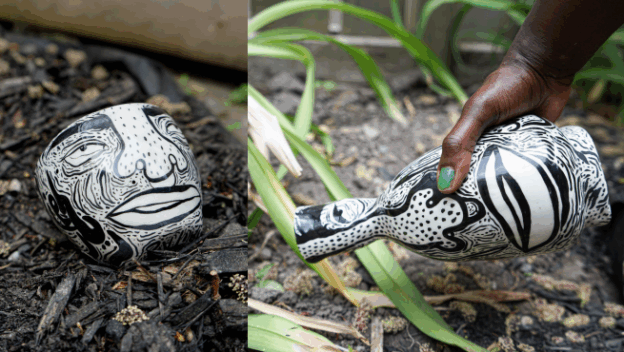An Intro to Ceramic Art with Enas Satir
Explore. Experiment. Express.
For beginners and curious ceramicists ready to find their artistic voice through clay.
“What if your next piece wasn’t perfect… just perfectly you?”
This workshop is a hands-on invitation to slow down, get messy, and reconnect with the raw joy of creating. Ceramic artist Enas Satir will guide you through a transformative process of discovery – starting with mark-making on paper and ending with artful, expressive clay creations.
Whether you’re just starting or already experienced, you’ll leave with a renewed connection to your practice, your materials, and most importantly – yourself.

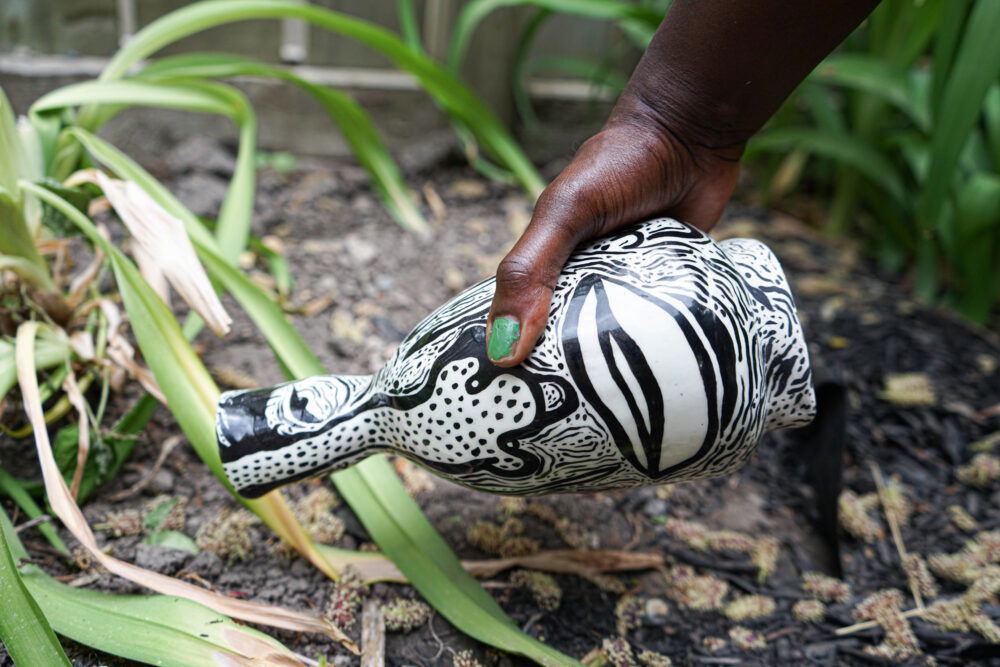
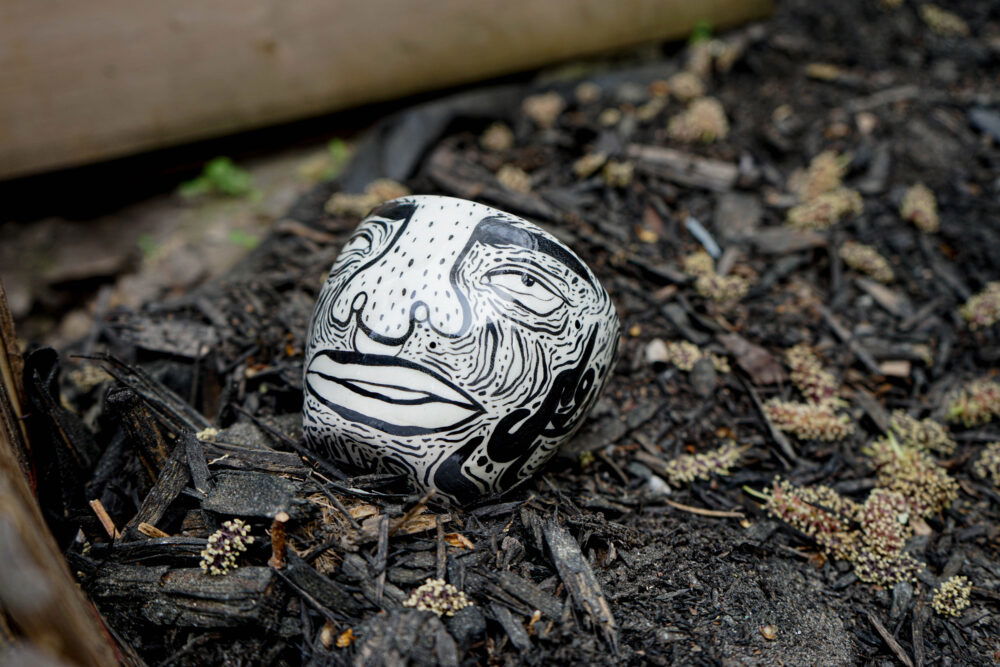
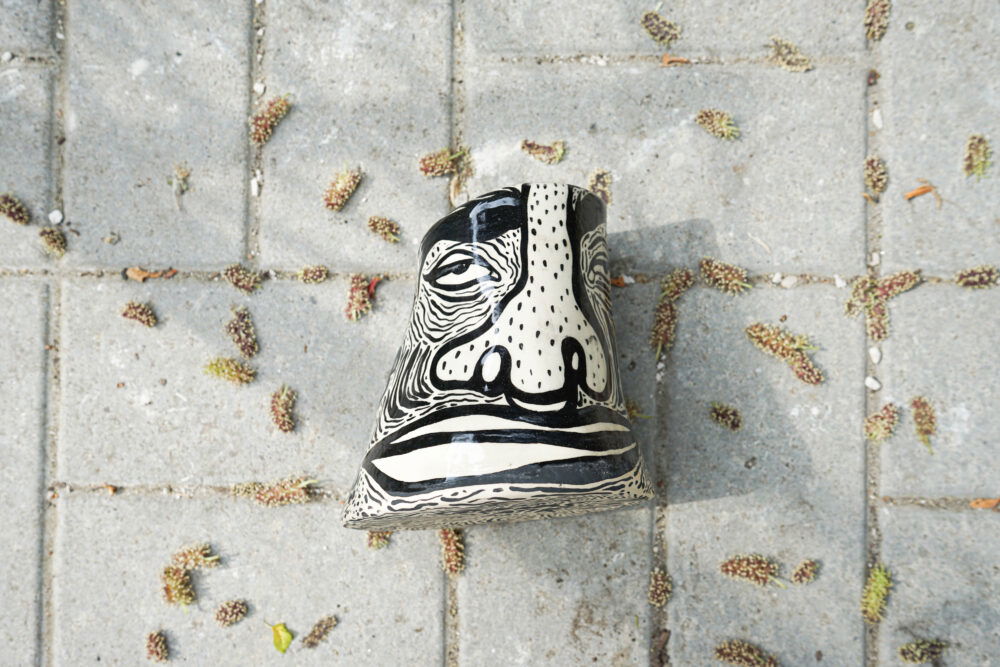
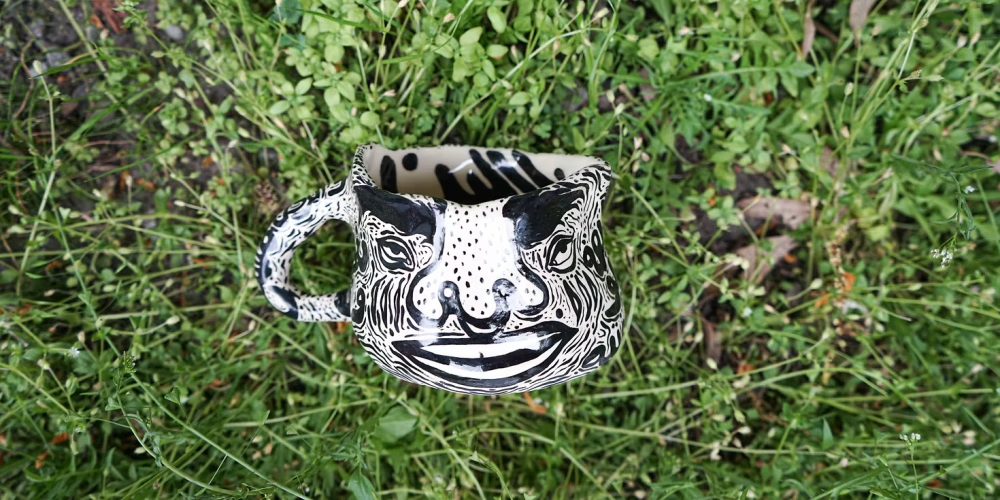
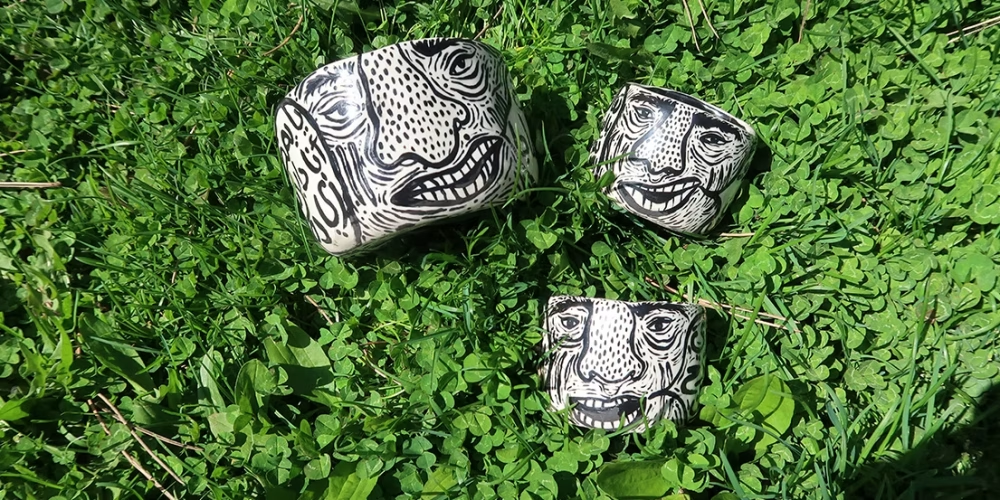
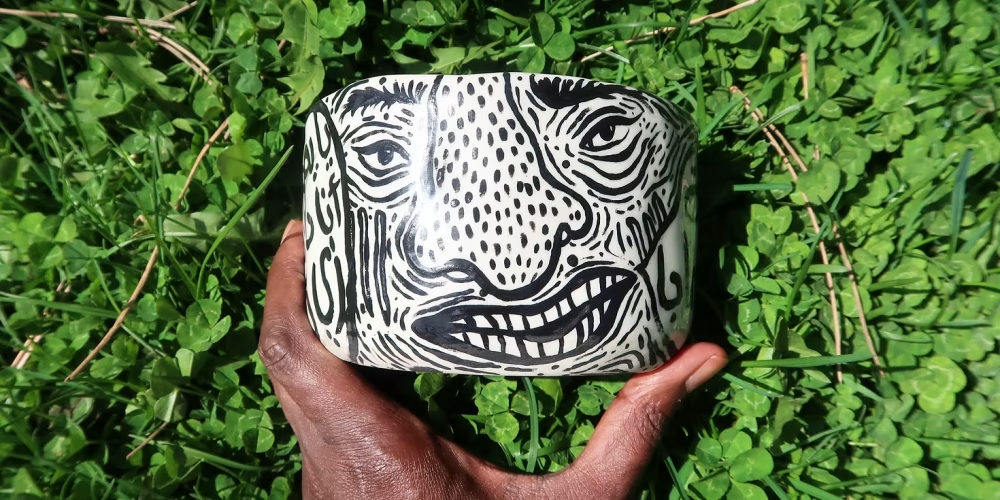
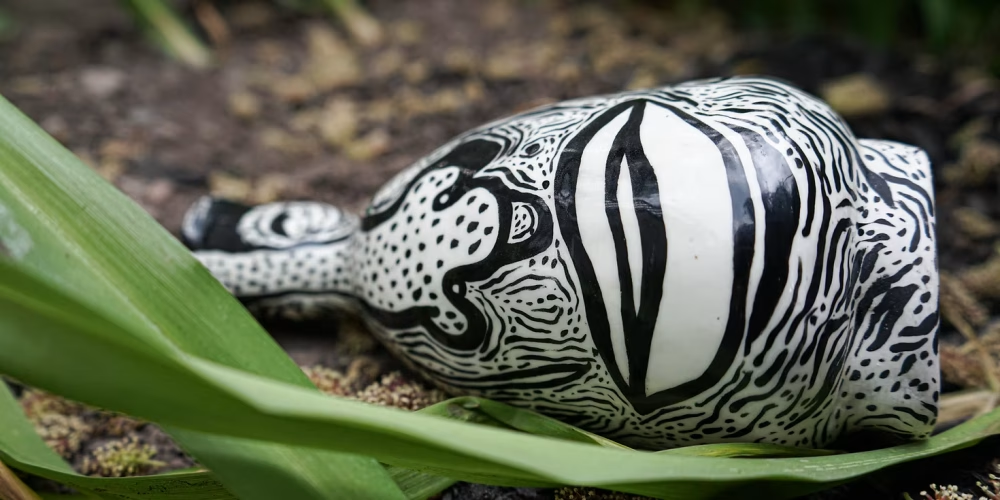
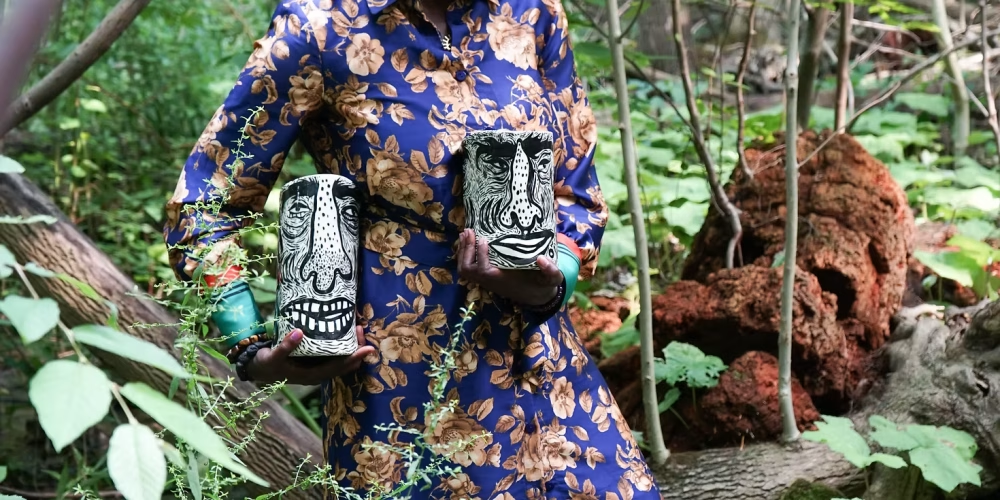
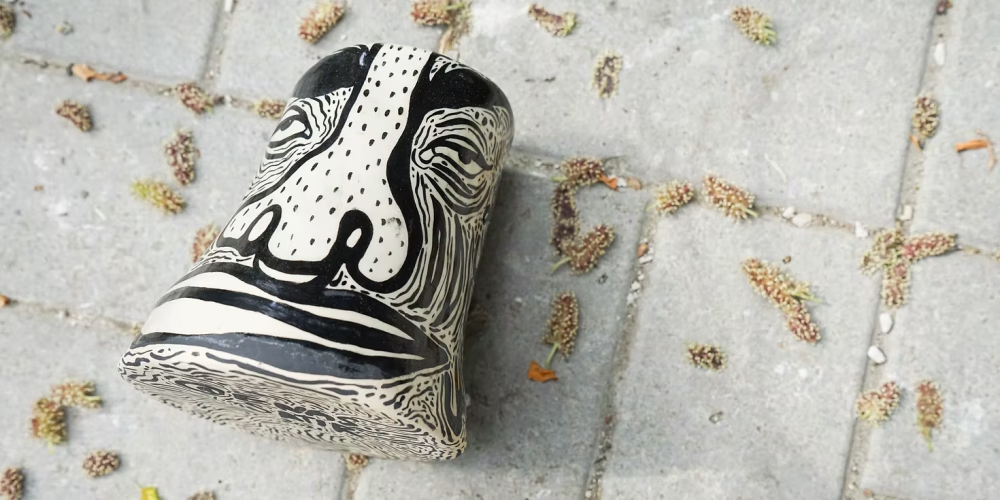
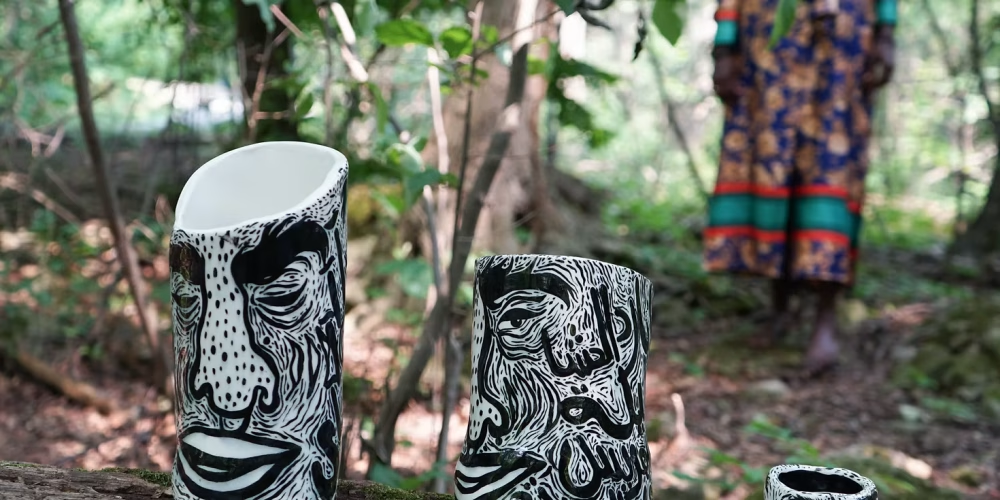
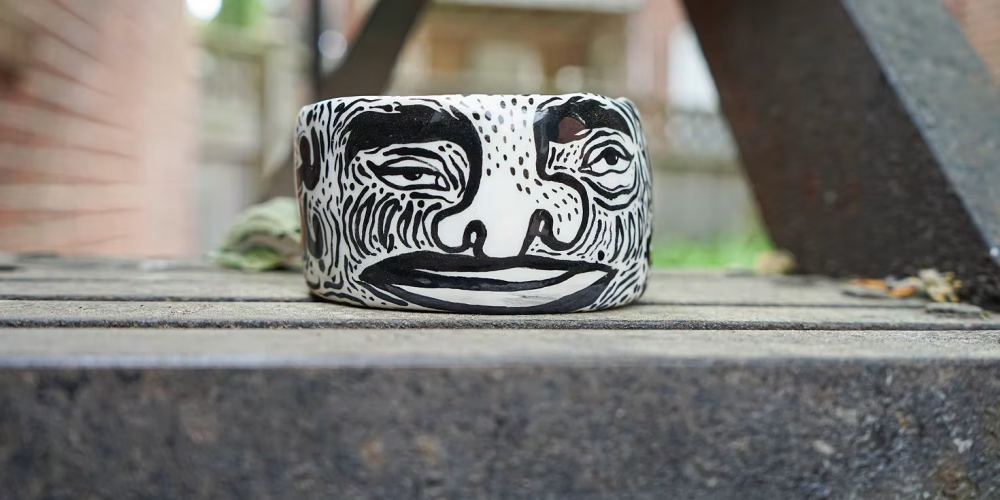
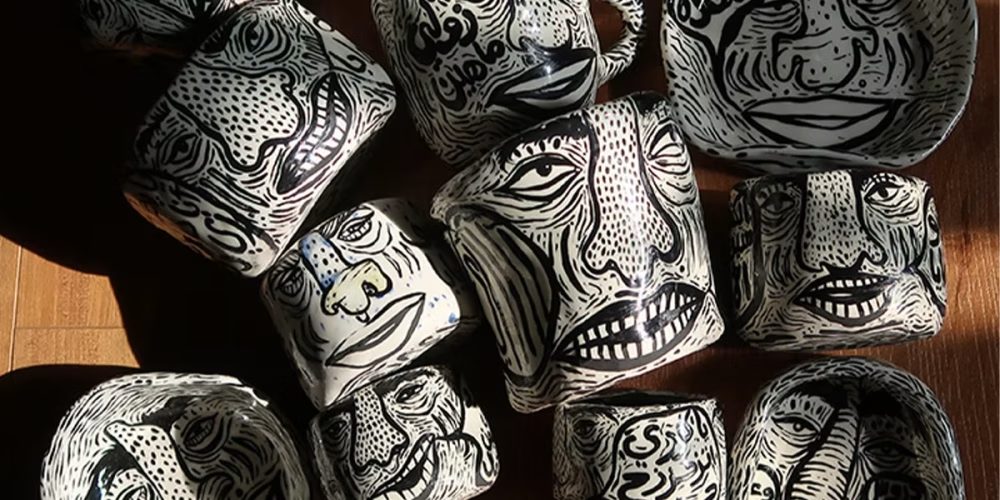
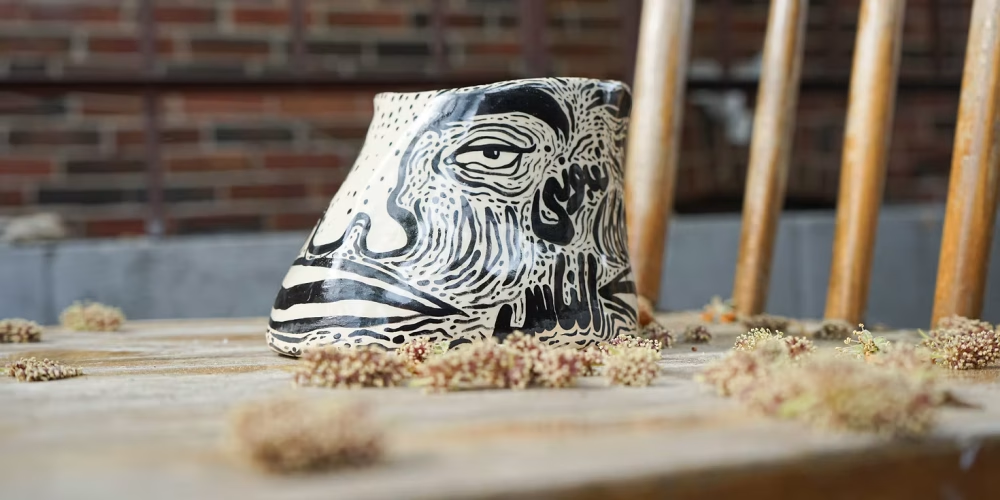
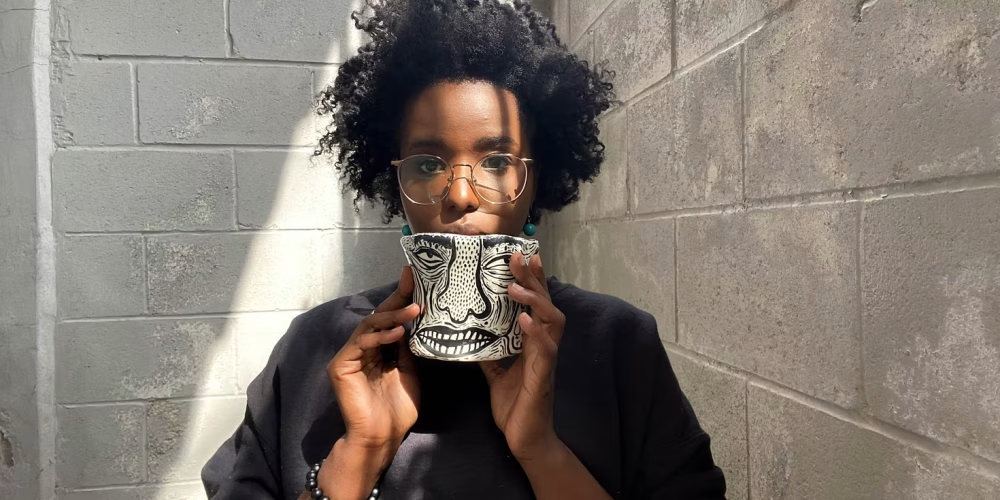
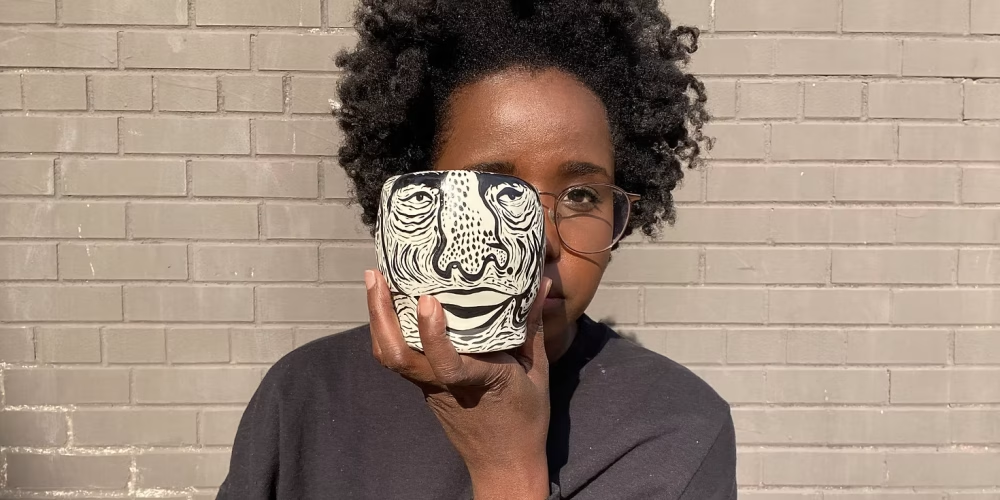
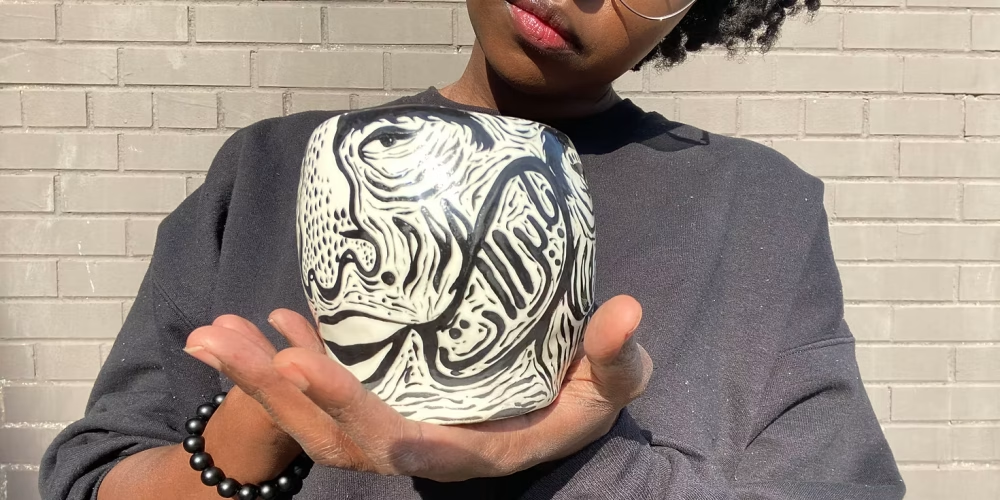
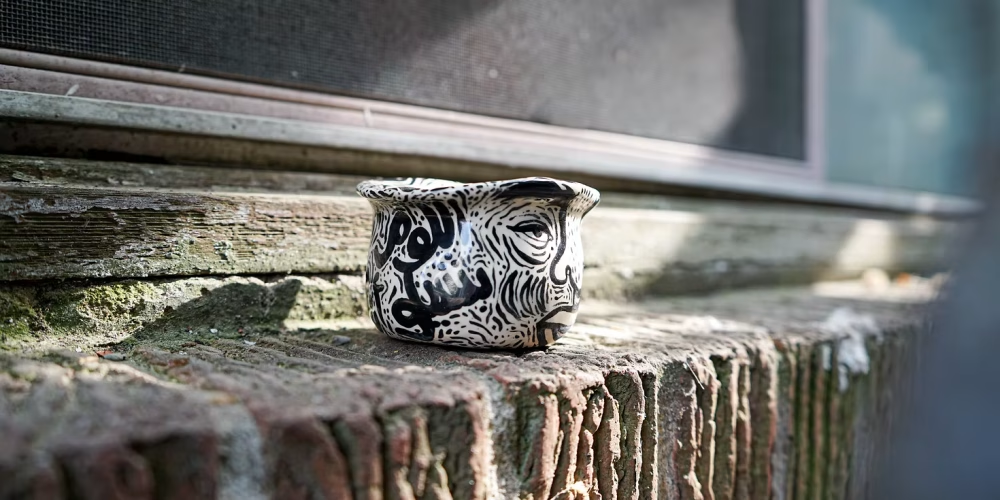
About the Workshop
Clay is more than a material – it’s a living, responsive medium that records every touch. In this introductory workshop, you’ll learn how to create expressive artwork through ceramics, using slips, underglazes, colored pencils, and more. Through a playful, thoughtful process of experimentation, you’ll learn to blend drawing, texture, and clay form into work that reflects your personal story and aesthetic.
This course is for beginners and advanced learners who want to inject more art into their ceramics and move beyond functional ware into meaningful expression.
Workshop Structure
Phase 1: What Is Art?
Start with paper and basic art supplies to explore what art means to you. Through mark-making, scribbles, textures, and loose drawing exercises, you’ll begin identifying the styles and techniques that feel most natural and exciting.
Phase 2: Understanding Clay as a Vessel for Art
Get hands-on with different clays – touch, shape, tear, overlap. You’ll learn how each clay body has a “personality,” and how you can collaborate with it to create figurines, tiles, and playful sculptural forms.
Phase 3: Meet Your Tools
Move your discoveries from paper to clay using an exciting set of tools:
- Underglaze paints
- Underglaze pencils
- Underglaze crayons
- Slip and texture tools
You’ll explore how each medium behaves and interacts with your clay forms, layering textures, lines, and emotion.
Phase 4: Making Your Own Ceramic Art
Each one will reflect your exploration, observations, and growing artistic confidence.
What You’ll Gain
By the end of this workshop, you will:
✅ Conceptualize ideas for ceramic art
✅ Translate 2D art into 3D ceramic forms
✅ Develop your own unique artistic style
✅ Build confidence in using underglazes, slips, and surface design tools
✅ Understand clay not just as a material… but as a creative partner
Required Materials
You’ll need:
- Light-colored clay (in both greenware & bisque stages)
- Optional: Dark clay (like terracotta)
- Underglaze paint, underglaze pencils, underglaze crayons
- Carving tools
- Sketchbook or loose paper
- Basic art supplies (ink, charcoal, pencils, pastels, etc.)
Workshop Details
- Length: Approx. 60 minutes (recorded, watch anytime)
- Format: Video workshop
- Level: Beginner to intermediate
- Price: $39 USD
About the Artist: Enas Satir
“I might’ve found the warmest form of expression when I found clay.”
Enas Satir is a Sudanese Canadian multidisciplinary artist based in the UK. With a background in architecture, illustration, and storytelling, Enas brings a rich, layered perspective to her ceramics practice. Her work often combines personal history, cultural narratives, and experimental textures to create vessels that speak—literally and figuratively.
After receiving the Toronto Mentorship Art Grant in 2018, Enas began working full-time in ceramics. In 2023, her piece “Gabadoni wo Harashoni wo Jaladoni” from the Girls’ Songs Series was acquired by the Museum of Canadian Art as part of their permanent collection.
“I see clay as a canvas to draw faces, movements, attitudes, and above all – tell our story.”
Ready to Start Your Ceramic Art Journey?
Course Content



